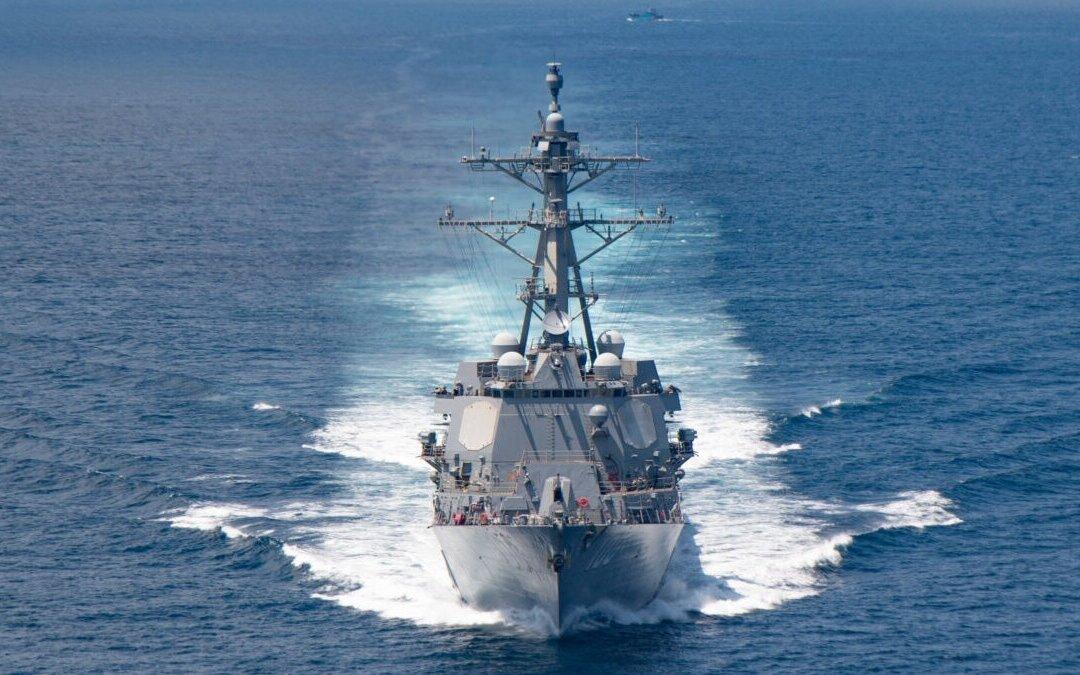Commentary
For the first time, the United States is using the presidential drawdown authority (PDA) to provide weapons to Taiwan. This is the same authority previously used to send arms to Ukraine.

For the first time, the United States is using the presidential drawdown authority (PDA) to provide weapons to Taiwan. This is the same authority previously used to send arms to Ukraine.